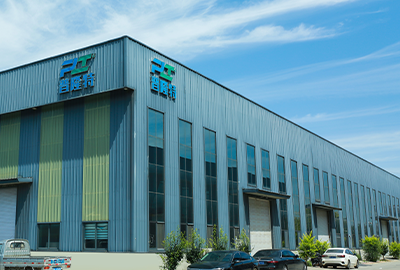stainless steel
Sep . 10, 2024 10:28 Back to list
stainless steel
The Versatility and Advantages of Stainless Steel
Stainless steel has become a cornerstone material in modern industry, architecture, and daily life due to its unique properties and versatility. This alloy, primarily composed of iron, chromium, and a few other elements, is renowned for its corrosion resistance, strength, and aesthetic appeal. These characteristics make stainless steel an ideal choice for a diverse array of applications, ranging from kitchen utensils to high-rise buildings.
One of the most significant benefits of stainless steel is its remarkable resistance to corrosion. The addition of chromium forms a passive layer of chromium oxide on the surface of the steel, protecting it from rust and degradation. This property is particularly valuable in environments exposed to moisture, such as kitchens and marine settings. For instance, stainless steel is commonly used for sinks, appliances, and cookware, providing both durability and ease of cleaning. Unlike other metals that may rust or corrode over time, stainless steel maintains its integrity and appearance, which is crucial for both residential and commercial applications.
In addition to its corrosion resistance, stainless steel boasts high tensile strength and durability. These mechanical properties allow it to withstand high-stress environments, making it suitable for structural applications. In the construction industry, stainless steel is used in beams, columns, and reinforcement bars, contributing to the longevity and safety of buildings. Architects appreciate its strength-to-weight ratio, enabling them to create innovative designs that would be challenging with other materials.
stainless steel

Moreover, stainless steel is highly versatile in terms of aesthetics. Available in a variety of finishes—from polished to matte—this material can suit any design vision. Its sleek, modern appearance makes it a popular choice for interior design, including fixtures, furniture, and decorative elements. In restaurants and hotels, stainless steel not only provides functionality but also adds a touch of elegance to the environment. Its versatility extends to industries such as automotive and aerospace, where both performance and aesthetics play a critical role.
Another important aspect of stainless steel is its ease of fabrication and maintenance. Techniques such as welding, cutting, and shaping can be performed with relative ease, allowing for the creation of complex components and structures. Furthermore, stainless steel is easy to clean and hygienic, which is essential in industries like food processing and healthcare. The non-porous surface inhibits the growth of bacteria and pathogens, making it a preferred material for surgical instruments and hospital equipment.
Finally, the sustainability of stainless steel enhances its appeal. As a recyclable material, using stainless steel contributes to a circular economy. Many manufacturers focus on using recycled stainless steel in their products, reducing the demand for raw materials and minimizing environmental impact. The longevity of stainless steel also means that items made from this material have a longer lifespan, thus reducing the frequency of replacements and waste.
In conclusion, stainless steel's attributes of corrosion resistance, strength, aesthetic versatility, ease of fabrication, and sustainability position it as a premier choice across numerous sectors. From household items to critical industrial applications, the continued use and innovation surrounding stainless steel reflect its significance in modern society. As industries evolve and strive for sustainable solutions, stainless steel will undoubtedly remain a vital component of our lives and future developments.
-
Karcher A2004 Vacuum Cartridge Filter Replacement - Durable & Efficient
NewsAug.03,2025
-
Karcher WD/MV HEPA Cartridge Filters | Dust Control Experts
NewsAug.02,2025
-
Top Window Seal Strip Adhesive Companies | Strong Weatherproofing
NewsAug.01,2025
-
Premium Oil Filter for Can-Am Outlander 2003-2017 420256188
NewsJul.31,2025
-
Hightech Injection LED Module size6414: Premium LED Lighting
NewsJul.31,2025
-
Factory Hot Sale Thin Silicone Sewn Strip Roll Wholesale, Durable & Flexible
NewsJul.30,2025
